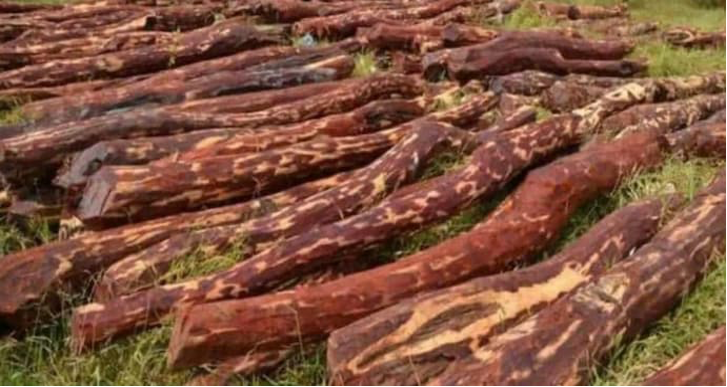Red Sanders
2023 AUG 9
Preliminary >
Environment and Ecology > Biodiversity > India biodiversity

Why in news?
- Recent amendments by DGFT have established that Tamil Nadu (TN) can export up to 900 MT of artificially propagated red sanders annually, while wild specimens of red sanders have a zero export quota.
- DGFT has issued orders under Foreign Trade (Development & Regulation) Act, 1992 and the Foreign Trade Policy 2023.
- Foreign trade policy prohibits the import of red sanders, but it places restrictions on its export. In 2019, DGFT had previously revised its export policy to allow the export of red sanders in log form and roots, but only if it originates exclusively from privately cultivated land, including patta land.
About Red sanders:
- It is an Indian endemic tree species, with a restricted geographical range in the Eastern Ghats (endemic to a distinct tract of forests in Andhra Pradesh).
- It usually grows in the rocky, degraded and fallow lands with red soil and hot and dry climate.
Threats:
- Illicit felling for smuggling, forest fires, cattle grazing and other anthropogenic threats.
- Red Sanders, known for their rich hue and therapeutic properties, are high in demand across Asia, particularly in China and Japan, for use in cosmetics and medicinal products as well as for making furniture, woodcraft and musical instruments.
Protection Status:
- Classified as ‘endangered’ category in IUCN Red List.
- Red Sanders are scheduled in appendix II of CITES.
- All species listed under Appendix II of CITES and is banned from international trade.
- The harvest of the tree is also restricted at the state level.
- Wildlife (Protection) Act 1972: Schedule II
PRACTICE QUESTION
With reference ‘Red Sanders’, consider the following statements:
1. The species is endemic to Himalayas
2. It is protected under the Wildlife (Protection) Act 1972
Which of the statements given above is/are correct?
(a) 1 only
(b) 2 only
(c) Both 1 and 2
(d) Neither 1 nor 2
Answer
